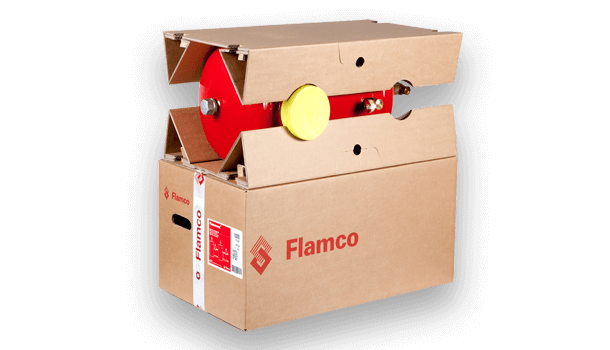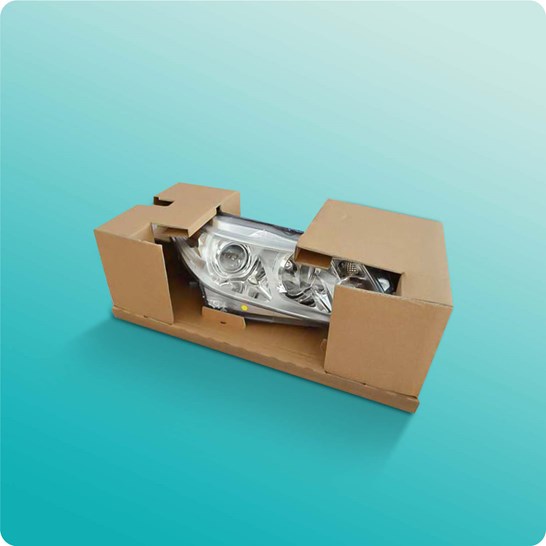Top quality in Every Mold: Plastic Container Manufacturer Experience
Top quality in Every Mold: Plastic Container Manufacturer Experience
Blog Article
Efficient Industrial Recycling Solutions for Sustainable Packaging: A Comprehensive Overview
That's where this extensive guide on efficient industrial recycling services for lasting packaging comes in. By exploring vital locations such as packaging product option, making for recyclability, implementing reusing framework, working together with reusing companions, and monitoring and measuring reusing success, this guide will certainly outfit you with the expertise and devices necessary to make educated decisions and drive favorable modification within your company. Whether you're a packaging professional, sustainability manager, or just interested in the subject, this overview will supply beneficial insights and techniques to help you browse the globe of sustainable packaging.
Product Packaging Product Option
The option of product packaging materials plays an essential function in ensuring the sustainability of commercial recycling services. The option of materials is key in decreasing ecological effect and taking full advantage of reusing effectiveness when it comes to sustainable product packaging. Choosing the appropriate products can help lower waste generation, save sources, and advertise a circular economic situation.
Products like cardboard, paper, glass, and certain types of plastics can be recycled numerous times without losing their high quality. On the various other hand, materials that are hard to recycle, such as non-recyclable composites or combined plastics, can create obstacles for the reusing process and might end up in landfills or incinerators.
Another factor to consider is using eco-friendly and eco-friendly materials. Product packaging made from sustainable sources, such as plant-based plastics or biopolymers, can help in reducing dependence on fossil fuels and mitigate climate adjustment. In addition, eco-friendly products damage down naturally gradually, lowering the buildup of waste in garbage dumps.
In addition, the weight and volume of product packaging materials must be lessened to decrease transportation costs and power usage. Light-weight products not just need less sources during production yet additionally add to reduce carbon emissions during transport.
Creating for Recyclability
In order to ensure the recyclability of product packaging materials, thoughtful style is important. Creating for recyclability involves developing product packaging that can be quickly sorted, divided, and processed in recycling centers. One vital facet of developing for recyclability is the choice of products. Packaging designers ought to focus on the use of products that are extensively accepted for reusing and have actually developed reusing facilities. Products such as glass, aluminum, and specific kinds of plastic, like animal and HDPE, are typically recycled and ought to be liked over materials that are hard or expensive to reuse.
One more crucial factor to consider in creating for recyclability is the elimination of unneeded parts or materials. By lessening the number of layers, coatings, and additional elements, packaging can be made simpler and much easier to reuse. Additionally, developers need to aim to reduce the usage of blended materials, as they can make complex the reusing process.

Implementing Recycling Infrastructure
Efficient implementation of recycling framework is critical for the success of industrial reusing options. Without proper framework in position, the recycling process ends up being inefficient and inefficient, impeding the general goal of sustainable packaging.
To execute recycling infrastructure efficiently, a number of vital variables require to be taken into consideration. There need to be a well-organized collection system that helps with the splitting up and collection of recyclable materials. This can include marked recycling bins Your Domain Name in public areas, in addition to collaborations with waste management firms for curbside pick-up and sorting.
When gathered, the recyclable materials need to be delivered to reusing centers in a timely fashion. This calls for reliable logistics and transportation networks, making sure that the materials reach the appropriate centers without hold-up.
At the reusing centers, progressed sorting and handling website here innovations should be in location to divide different sorts of materials successfully. This consists of using automated arranging devices, optical scanners, and hand-operated sorting strategies.
Moreover, there must be a durable market need for recycled products. This can be achieved via partnerships with makers and sectors that utilize recycled materials in their production procedures. Creating a stable market for recycled products incentivizes the reusing industry and advertises the circular economy.
Working Together With Recycling Allies

One key aspect of teaming up with reusing partners is the facility of clear communication networks. It is important to establish open lines of communication to promote the exchange of info, updates, and responses. This enables both events to stay notified regarding the development of recycling efforts and resolve any kind of obstacles or problems that might arise.
In addition, collaboration can involve joint initiatives in developing and applying recommended you read reusing programs. Recycling partners can provide beneficial understandings and assistance in developing reliable collection systems and establishing the most ideal recycling innovations. By interacting, services and recycling companions can optimize the reusing process and reduce waste.
Furthermore, collaboration can prolong past the functional elements of reusing. It can likewise include campaigning for and education initiatives. By signing up with forces, services and recycling partners can raise recognition concerning the value of recycling and promote the adoption of lasting packaging methods among customers and various other stakeholders.
Tracking and Measuring Recycling Success
To guarantee the effectiveness of industrial recycling solutions and the achievement of sustainable packaging goals, it is critical for organizations and their recycling partners to establish a comprehensive system for tracking and determining reusing success (industrial packaging solutions). Gauging and tracking recycling success enables services to examine the effect of their reusing efforts, recognize areas for renovation, and established meaningful targets for future progression
One method to track reusing success is via using data collection and analysis devices. By gathering data on the amount of packaging waste generated, the percentage of waste that is recycled, and the sorts of materials being recycled, companies can obtain useful understandings into their reusing efficiency. This data can then be analyzed to determine trends, patterns, and locations of inadequacy.
An additional crucial element of monitoring and gauging reusing success is developing clear and standardized metrics. This enables companies to contrast their efficiency versus market benchmarks and track their progress in time. Metrics such as recycling prices, waste diversion prices, and greenhouse gas emissions can give a quantitative step of a business's reusing success.

Conclusion
Finally, applying effective industrial recycling remedies for sustainable product packaging needs careful consideration of product packaging product selection, creating for recyclability, applying recycling framework, working together with recycling partners, and tracking and determining reusing success. By including these methods, businesses can add to an extra environmentally-friendly and lasting method to packaging, decreasing waste and promoting the circular economy.
By discovering vital locations such as product packaging material choice, developing for recyclability, executing recycling infrastructure, collaborating with recycling partners, and tracking and determining recycling success, this overview will equip you with the knowledge and devices required to make enlightened decisions and drive favorable change within your company. Packaging developers must focus on the use of products that are commonly accepted for reusing and have established reusing infrastructures.Collaboration with reusing partners is necessary for the successful implementation of commercial reusing remedies and the achievement of lasting packaging goals. By signing up with forces, organizations and reusing companions can raise understanding about the value of recycling and advertise the fostering of lasting packaging methods amongst consumers and other stakeholders.
By collecting information on the amount of packaging waste created, the percentage of waste that is reused, and the types of products being reused, companies can obtain beneficial understandings into their reusing efficiency.
Report this page